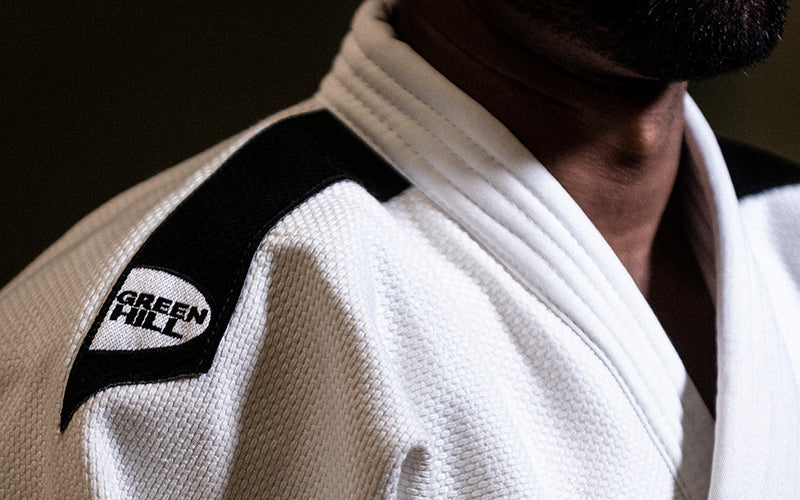Judo is a martial art and Olympic sport that reflects the spirit of samurai traditions. It focuses on discipline, respect, and using energy efficiently. Starting from humble beginnings, Judo has become a widely recognized sport known for employing unique techniques and immense mental strength. Its history has played a crucial role in transforming martial arts education and making a lasting impact on modern combat sports.
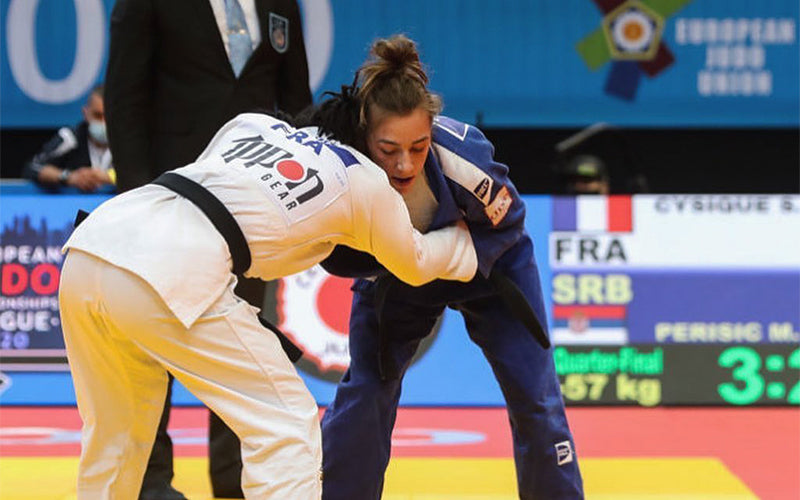
Created by Kano Jigoro, a visionary martial artist and educator, Judo's principles have shaped martial arts worldwide by emphasizing technique, personal development, and mutual respect. In this article, we'll explore the captivating journey of Judo - from its origins in the honorable traditions of the samurai to its prestigious status as an Olympic sport.
The Origins of Judo
Ancient Martial Arts Traditions in Japan
The origins of Judo can be traced back to the ancient martial arts traditions of Japan. These traditions emerged from a caste system that restricted the use of weapons by other members of society, leading the samurai class to develop their own unarmed combat techniques.
Over time, martial arts teaching and training evolved, adapting to changes in warfare and society. One of the most important traditions that influenced the development of Judo was jujutsu, which focused on using indirect force, such as joint locks and throwing techniques, to defeat opponents.

These ancient traditions eventually gave rise to Judo, a martial art that embodies the principles of discipline, respect, and efficient energy use. Judo was founded by Jigoro Kano in 1882, and it has since become one of the most popular martial arts in the world.
Jigoro Kano: The Visionary Founder of Judo
Jigoro Kano was born in Tokyo, Japan, in 1860. He was a sickly child, so his parents encouraged him to study jujutsu to improve his health. Kano took to jujutsu quickly and soon became a skilled practitioner. However, he didn't approve of the traditional forms of jujutsu, which he deemed violent and impractical.
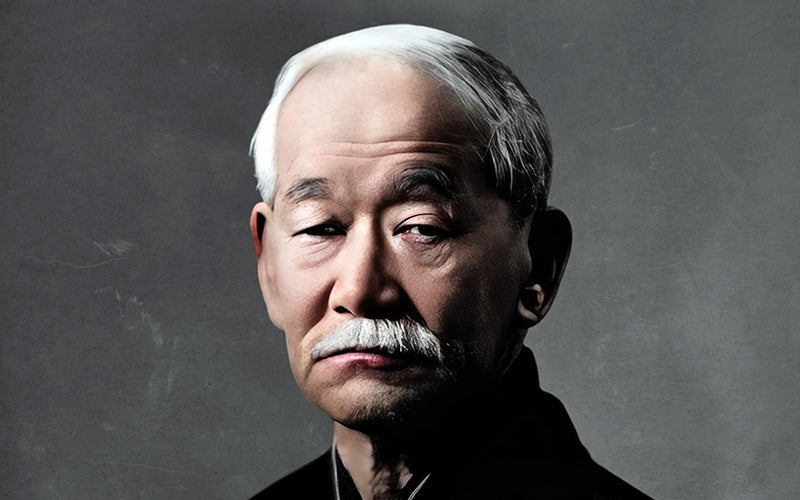
In 1882, Kano founded the Kodokan Judo Institute in Tokyo and developed a new jujutsu system. It emphasized the principles of maximum efficiency with minimum effort, mutual welfare and benefit, and courtesy. Kano called this new system "Judo." Judo quickly became popular in Japan and was eventually introduced to the rest of the world.
Principles and Philosophy of Judo
Judo is based on two primary principles: Seiryoku-Zenyo (good energy use) and Jita-Kyoei (mutual welfare and benefit).
- Seiryoku-Zenyo teaches us to use the minimum energy to achieve the maximum result. This is done by redirecting the opponent's energy rather than trying to overpower them.
- Jita-Kyoei teaches us to work together to benefit ourselves and others. This is done through the practice of courtesy and respect, as well as through the emphasis on using Judo for self-defense rather than aggression.
These two principles are central to Judo's philosophy, and they help to make Judo a martial art that is both effective and ethical.
The Evolution of Judo: From Ancient Roots to Global Recognition
Early Development: The Kodokan and the Formalization of Judo
When Jigoro Kano established the Kodokan in 1882, Judo began to evolve. The Kodokan was a dedicated space where Kano taught and refined Judo techniques, attracting students from diverse backgrounds. It became a hub of innovation and learning, fostering the growth of Judo as a comprehensive martial art.

Under Kano's guidance, the Kodokan introduced progressive training methods, such as randori (sparring), which allowed practitioners to engage in dynamic and practical exchanges. Kano also implemented colored belts to signify rank, revolutionizing martial arts education and providing a clear pathway for progression.
Get Judo belts from Greenhill Sports for your next Judo event.
Establishing the Kodokan and the innovative training practices employed by Kano set the stage for Judo's rapid growth and recognition in Japan and internationally. The training center became synonymous with Judo's development and was a foundation for its eventual global spread and recognition as an Olympic sport.
Judo Goes Global
With the establishment of the Kodokan and its role in formalizing Judo, the stage was set for Judo to expand its reach globally. The Kodokan became a hub for training, attracting students from various backgrounds who would go on to spread Judo worldwide.
Through international exhibitions, competitions, and the efforts of dedicated practitioners, Judo started to transcend borders. Its emphasis on technique, discipline, and mutual respect resonated with people from different cultures.

As Judo gained recognition as a comprehensive martial art, it began to be practiced in countries far beyond Japan. Judo is now a global phenomenon, with practitioners and clubs in numerous nations. Its inclusion as an Olympic sport has further propelled its global presence, showcasing the art's beauty, skill, and universal appeal on the world stage.
Judo in the Olympics
Judo’s evolution was accompanied by Jigoro Kano’s desire to see it recognized as an Olympic sport. In 1932, he organized a demonstration at the Olympic Games, although he had reservations about Judo becoming an official Olympic discipline.
Kano considered Judo more than a sport, viewing it as a principle of life, art, and science. He wanted Judo to remain free from external influences like nationalism and financial interests.
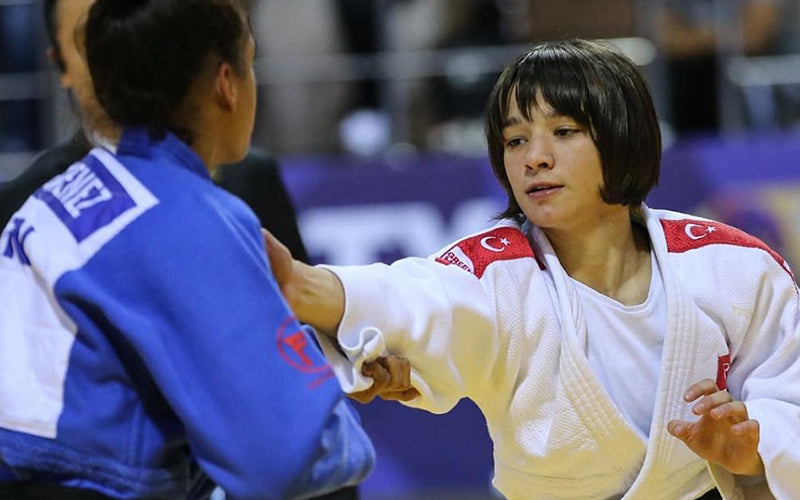
However, Judo was included in the Olympics in the 1960s, debuting as an official sport in the 1964 Tokyo Games for men. Although temporarily dropped in 1968, it was reinstated due to protests. The Dutch judoka Anton Geesink made history by winning the first Olympic gold medal in open-division Judo.
Women's Judo was introduced as a demonstration event in 1988 and became an official medal event in 1992. Judo's inclusion in the Olympics marked a significant milestone, granting the sport global exposure and recognition.
Final Thoughts
The journey of Judo from its samurai origins to its current status as an Olympic sport is a testament to its rich history and enduring principles. From ancient martial arts traditions in Japan, Judo emerged as a distinct martial art under the visionary guidance of Jigoro Kano. His emphasis on discipline, respect, and efficient energy use shaped Judo into a comprehensive martial art with a strong philosophical foundation.
Judo's evolution was further propelled by the establishment of the Kodokan, where innovative training methods and the use of colored belts revolutionized martial arts education and laid the groundwork for Judo's global expansion.
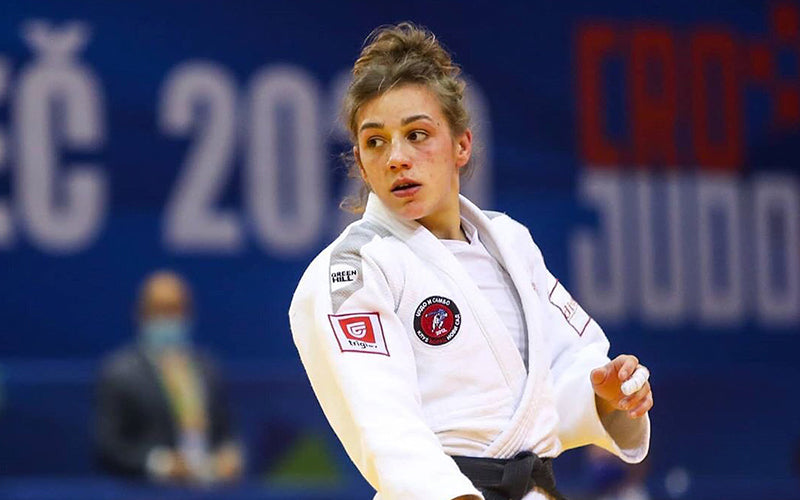
Today, Judo is recognized as an Olympic sport, with athletes from various countries competing at the highest level. Practising Judo offers numerous benefits, including physical fitness, mental resilience, and personal growth. The principles of maximum efficiency and mutual welfare cultivated in Judo extend beyond the mat and into everyday life.
People who regularly practice Judo and others who want it incorporate it into their livelihood can access premium sports equipment and gear at Greenhill Sports. Our wide range of high-quality Judo essentials includes top-notch training accessories, durable belts, suits, tracksuits, garments, and other promotional items designed to uplift your experience.
Visit GreenHill Sports to explore our collection and equip yourself for success in Judo. All you need to do is browse our website, select the product that suits your needs, and place your order from the comfort of your home. Global
Global Europe
Europe UK
UK Italy
Italy Russia
Russia Serbia
Serbia Bosnia
Bosnia